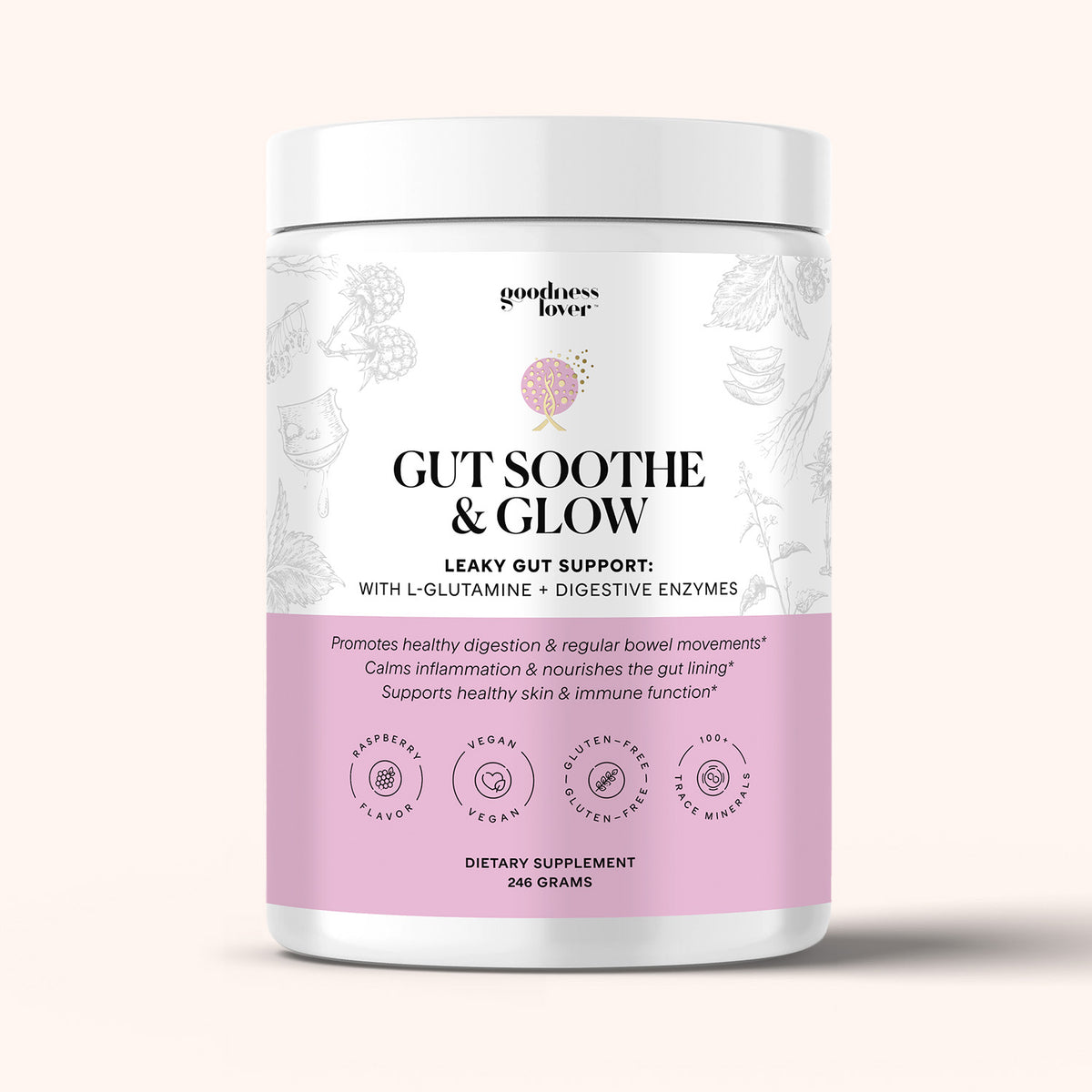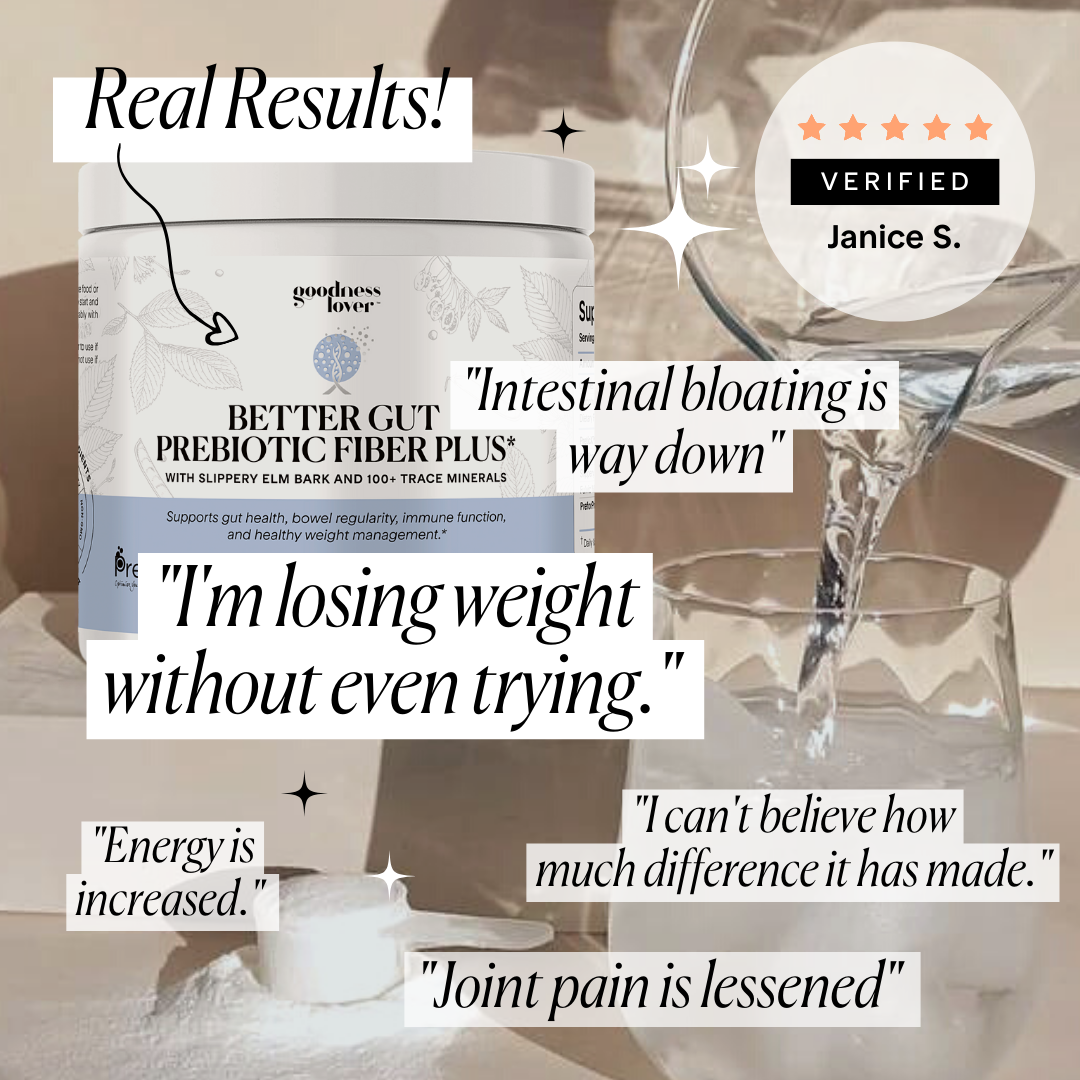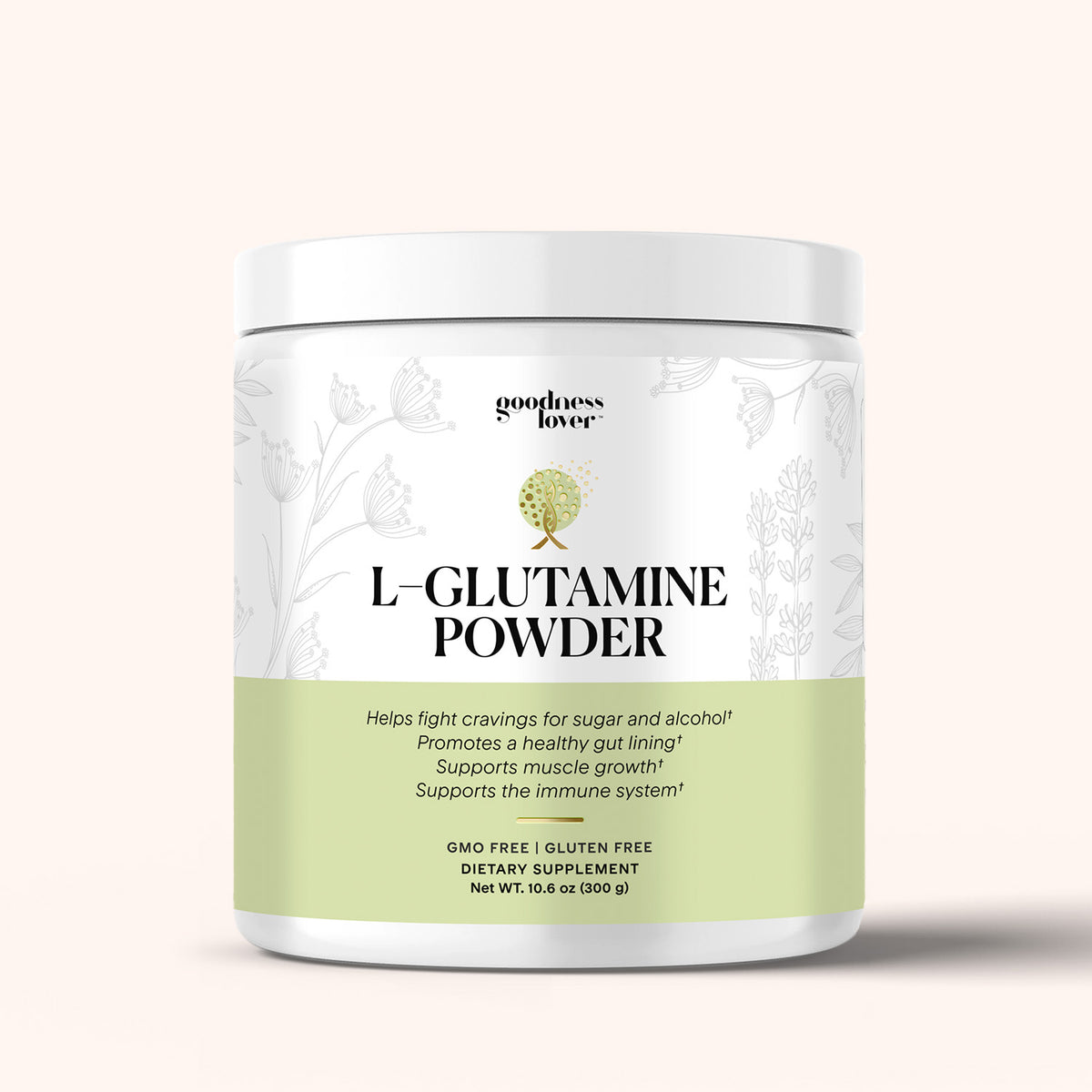Unless you've been living under a rock (which might be the only place without Ozempic ads these days), you've witnessed the GLP-1 agonist phenomenon sweeping through Hollywood, social media, and doctor's offices nationwide. What began as diabetes medications— semaglutide drugs such as Ozempic, Wegovy, and Mounjaro—have become the weight loss solution du jour, with celebrities and influencers fueling what doctors now call "Ozempic fever." As metabolic disease continues to surge in America and other Western nations, these injectable wonder drugs promise an escape route—at almost $1,000 per month!
But beneath the dramatic before-and-after photos lies controversy and fine print that gets mumbled through at warp speed in commercials. These semaglutide drugs have certainly become the latest "miracle solution" in our quick-fix culture—but at what physical, financial, and long-term health cost?
Now, what if I told you your body already contains the exact system these expensive drugs are trying to mimic? That’s right! Deep in your digestive tract, a remarkable hormone called GLP-1 works as a molecular diplomat in the conversation between your gut and brain, naturally signaling "Food’s arrived! Prepare insulin! Reduce hunger!" when properly supported.
In this article, we'll explore how everyday foods can activate these same powerful pathways without the side effects or dependency—working with your body's innate wisdom rather than bypassing it. Let’s dive into the science of how sustainable weight management might be as close as your kitchen, not your pharmacy.
Table Of Contents:
- What is GLP-1?
- GLP-1's Key Functions
- The Pharmaceutical Approach: GLP-1 Receptor Agonists
- The Concerning Side Effects
- What Happens When You Stop?
- Nature's GLP-1 Stimulator: The Power of Dietary Fiber
- Building Your Fiber-Rich GLP-1 Boosting Plan
- Tips For Gradually Increasing Fiber Intake
- How Much Fiber Should You Get?
- Choose Your Kitchen, Not Your Pharmacy
What is GLP-1?
GLP-1 (glucagon-like peptide-1) is a remarkable 30-amino acid peptide that serves as a critical messenger in your body's metabolic network. Produced primarily by specialized L-cells that line your small intestine, GLP-1 belongs to the incretin family of hormones that regulate blood sugar. While scientists initially thought GLP-1 was just about insulin, we now know it plays a whole host of functions—handling everything from appetite control to stomach emptying and even brain signaling.
Now, when you consume a meal, the food travels through your digestive tract and eventually reaches your small intestine as a partially digested mixture called chyme. This mixture physically stretches the walls of your small intestine—like a tiny balloon inflating—and this simple mechanical change sets off an impressive chain reaction.
Your intestinal walls contain mechanoreceptors—specialized cells that essentially say, “Hey, we’ve got food in here!” when they detect physical changes. They then activate nearby L-cells to release GLP-1 into your bloodstream. Once released, GLP-1 travels through your bloodstream like a metabolic messenger, simultaneously sending signals through the vagus nerve, creating a sophisticated two-way communication system between your gut and the rest of your body.
GLP-1's Key Functions
1. Preparing the pancreas to release insulin
When GLP-1 reaches your pancreas, it binds to receptors on beta cells, essentially "knocking on the door" to alert them that nutrients are coming. This binding enhances what scientists call the "incretin effect"—the ability to release insulin in response to rising blood glucose levels.
2. Signaling the hypothalamus to reduce appetite
GLP-1 travels to your brain's hypothalamus—your internal appetite control center—and activates specific neurons that suppress hunger signals while enhancing satiety. This creates that "I'm satisfied" feeling that prevents overeating.
3. Slowing gastric emptying for prolonged fullness
GLP-1 slows the rate at which food leaves your stomach, extending fullness for hours and naturally reducing how much you eat throughout the day.
It’s no wonder pharmaceutical companies have invested billions mimicking this natural system! But as we'll see next, these medications essentially copy what your body already knows how to do—with some significant trade-offs.
The Pharmaceutical Approach: GLP-1 Receptor Agonists
GLP-1 receptor agonists, such as Ozempic, Wegovy, and Mounjaro, were initially developed for managing type 2 diabetes. However, they quickly gained fame for their ability to melt away pounds.
These drugs bind to the same receptors as your natural GLP-1 but with a few key differences: they resist degradation (staying in your system much longer) and often bind more strongly to receptors.
The result? They create a supercharged version of your body's appetite control system.
The numbers don't lie, and they're genuinely impressive. A 2021 study followed 1,960 non-diabetic overweight adults for 68 weeks. Those receiving weekly semaglutide injections lost an average of 15% of their body weight compared to 2.4% of those receiving a placebo.
To put this in perspective, someone weighing 200 pounds (approximately 91 kg) might lose 30 pounds (about 13.6 kg) on these medications—without changing their diet or exercise habits. No wonder people are clamoring for prescriptions!

The Concerning Side Effects
But before you speed-dial your doctor, let's discuss the fine print.
1. Severe nausea and digestive distress
The most common side effects include nausea, vomiting, diarrhea, constipation, bloating, gas, or intestinal blockage. The question becomes whether shedding pounds is worth spending half your life in the bathroom. Some people do find that the side effects subside with continued use. However, there is not yet data on what these drugs do to the gastrointestinal system long-term.
2. Increased risk of thyroid cancer
People taking GLP-1 agonists may have a higher risk of developing thyroid cancer, so those with a family history of the disease are advised to avoid them. Due to this potential risk, the FDA has placed a black box warning—the highest level of caution—on the packaging for Ozempic and Wegovy.
However, a meta-analysis of 45 randomized controlled trials found an increase in thyroid disorders but not thyroid cancer. Since these cases are rare, further research is needed to better understand the risk.
3. May lead to an increased risk of pancreatitis
Some research suggests that these drugs can cause a nine-fold increase in the risk of developing pancreatitis (inflammation of the pancreas), a condition that can be excruciatingly painful and potentially life-threatening.
However, recent research challenges this claim, leaving the connection uncertain. With conflicting evidence, more studies are needed to determine whether these medications truly raise the risk or if other factors are at play.
4. May lead to an increased risk of gastroparesis
Research also suggests that GLP-1 medications can increase gastroparesis risk by 350%. This condition, often described as "stomach paralysis," occurs when your stomach muscles stop working properly, preventing normal emptying of food. Patients describe the sensation as "feeling like I swallowed a brick that just sits there for days." Again, more research is needed to confirm this.
5. Significant loss of muscle mass and bone density
Reports have suggested that a significant portion of weight lost on these medications comes from lean muscle mass rather than fat—particularly problematic for older adults already facing age-related muscle loss.
However, multiple studies challenge this claim, showing no clear evidence that semaglutide specifically targets muscle rather than fat. Given the conflicting findings, more research is needed to determine how these medications impact body composition over time.
What Happens When You Stop?
Here's the elephant in the room that pharmaceutical companies prefer not to discuss: what happens when you stop taking these medications? Studies show that within a year of discontinuation, patients regain approximately two-thirds of the weight they lost.
This creates what some researchers have called "medication dependency" for weight maintenance—once you start, it’s hard to stop. At $1,000 per month without insurance coverage, that's a significant financial commitment.
This brings us to an important question: Is there a way to harness the benefits of GLP-1 activation without the side effects, dependency, and cost of pharmaceutical options? Turns out, the answer may be as close as your kitchen.
Nature's GLP-1 Stimulator: The Power of Dietary Fiber
Nature, in her infinite wisdom, designed a perfect GLP-1 stimulator long before pharmaceutical companies entered the scene—fiber.
When you consume fiber-rich foods, they create the exact mechanical distension in your small intestine that triggers those L-cells to release GLP-1. In addition, fiber encourages chewing, and just the act of chewing increases satiety. It also decreases the release of ghrelin, the hunger hormone.
Fiber-rich foods are the champion balloon-inflators (triggering more GLP-1) for several reasons:
- They resist breakdown in the stomach, maintaining their volume
- They absorb water, expanding like tiny sponges
- They slow down digestive transit, creating prolonged distension signals
In contrast, processed foods—especially those high in refined carbohydrates, oils, and animal products—create minimal distension despite their high-calorie content.
And, unlike pharmaceutical GLP-1 agonists that do just the one thing, dietary fiber is more like a Swiss Army knife of metabolic benefits:
1. Feeds beneficial gut bacteria
Your gut microbiome feasts on fiber, producing short-chain fatty acids that further enhance GLP-1 production while reducing inflammation—a two-for-one metabolic benefit!
2. Slows sugar absorption
Fiber creates a physical barrier that slows sugar absorption, preventing blood sugar spikes.
3. Provides sustained energy
Fiber-bound nutrients are released slowly, providing steady energy without crashes. Fiber-rich foods are like time-release capsules of energy.
4. Supports detoxification
Fiber binds to excess hormones, cholesterol, and toxins, escorting them out of your body—particularly important during weight loss when stored toxins are released from fat cells.
The beauty of fiber's GLP-1-stimulating effects is that they come without pharmaceutical side effects—no thyroid cancer risk, no gastroparesis, no muscle loss—just your body responding as nature intended.
Building Your Fiber-Rich GLP-1 Boosting Plan
Ready to become your own GLP-1 production powerhouse? These fiber champions create optimal gut distension to trigger those GLP-1-producing L-cells:
- Legumes (beans, lentils, chickpeas): The fiber royalty, delivering 14-18g per cup plus satisfying protein.
- Whole grains (especially intact grains): Intact grains like steel-cut oats create much greater distension than processed versions.
- Starchy vegetables (sweet potatoes, squash): These combine resistant starch and fiber for significant GLP-1 release.
- Leafy greens and non-starchy vegetables: Brussels sprouts, broccoli, and leafy greens create impressive volume with minimal calories.
- Fruits (especially berries and apples): The pectin in apples and seeds in berries form gel-like substances in your digestive tract—perfect GLP-1 triggers.
Tips For Gradually Increasing Fiber Intake
While fiber is fantastic, a sudden fiber bonanza can leave you feeling like a human balloon! Follow these tips to avoid discomfort:
- Start low, go slow: Increase fiber intake by about 5g per day each week until reaching your target.
- Hydrate generously: Fiber absorbs water, so drink at least 8-10 glasses daily to help it move smoothly through your system.
- Chew thoroughly: Breaking down fibrous foods mechanically through chewing reduces digestive work and discomfort.
- Cook strategically: Lightly cooking some vegetables and soaking beans before cooking can make their fiber more digestible.
- Diversify your sources: Different fibers feed different gut bacteria, so variety is key for optimal microbiome and GLP-1 benefits.
How Much Fiber Should You Get?
While the official recommendations suggest 25-35 grams per day for adults, some experts suggest increasing your intake to at least 40g daily.
A day hitting these targets might include steel-cut oats with berries for breakfast, a large salad with beans for lunch, and a grain bowl with roasted vegetables for dinner.
Choose Your Kitchen, Not Your Pharmacy
Who knew that humble beans could trigger the same metabolic magic as a $1,000 monthly injection? While Ozempic and its pharmaceutical cousins certainly deliver impressive results, they're essentially expensive understudies for what your body already knows how to do—when given the right props.
The choice becomes clear: you can either outsource your appetite control to a medication with potential side effects ranging from muscle loss to "stomach paralysis," or you can activate your own natural GLP-1 system through delicious fiber-rich whole foods that come with bonus benefits for your gut, energy levels, and overall health.
The beauty of this approach lies in its simplicity and sustainability. Your body doesn't distinguish between GLP-1 produced in response to fiber and GLP-1 mimicked by expensive medications—but your wallet, digestive comfort, and long-term health certainly will.















What Do You Think? Comment Below: